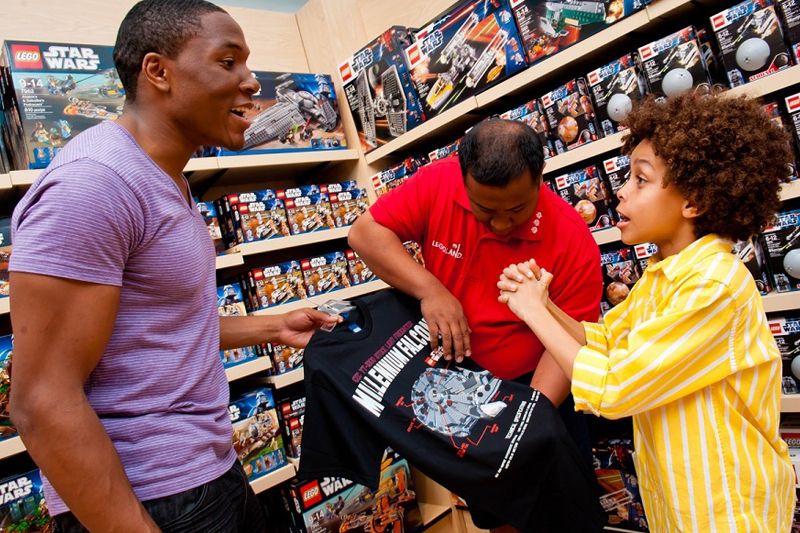BY NATHANIEL SILLIN
Back-to-school spending isn’t just about clothes and markers anymore.
In 2014, Forbes reported that Accenture estimated that nearly half of respondents reported they would spend $500 or more on back-to-school expenses, including not only clothes and desk supplies, but electronics as well.
Yet there’s one more aspect of back-to-school spending that’s growing and can add hundreds – and sometimes thousands – to a family’s overall K-12 education budget. Since the 2008 economic crisis, many public school systems have tried to make up for funding shortfalls by adding first-time or expanded fees for sports, extracurricular activities and specialized academics.
This means that back-to-school budgeting, even for families with kids in public school, now requires a more holistic, year-round approach to all back-to-school expenses.
Given their potential dollar amounts, parents should examine school fees first. Public education has never been completely free of charge beyond local taxes – parents have traditionally paid extra money to support their kids’ participation in sports, music or other extracurricular activities. However, many school systems are adding fees for a broader range of offerings including after-school activities, top-level courses, lab-based instruction and even Advanced Placement (AP) classes. So before you start spending money on clothes and supplies that can be bought off-season, on sale or possibly used, get a handle on how applicable instruction and activity fees might affect your budget. Parents in financial need may qualify for public aid or grants to cover such fees; if not, choices will need to be made.
Consider turning back-to-school shopping into a money lesson. Most kids like to have certain kinds of clothes, shoes or supplies. Those “wants” can be turned into a discussion about spending priorities, value, choice and comparison shopping. Using the Back to School Budget calculator with your kids can help them learn how create a budget before shopping for essentials. As kids get older, the discussion can expand to cover bigger-ticket purchases like smartphones, computers and fees for special courses and activities they want to pursue. Some of these issues might evolve into a discussion about earning money through chores or a part-time job.
Once priorities are decided, every expense should be tracked, including a child’s round trip school transportation, meals, tutoring fees or immunization and healthcare expenses not covered by insurance. And once that budget is set, it means a constant search for smart ways to cut. Some ideas may include:
- Carpooling (track your costs to make sure you’re not adding significantly to your overall transportation budget)
- Packing lunches at home
- Working with school administrators to raise outside donations or grant funding to cover parents’ out-of-pocket costs
- Organizing school supplies in one place to avoid purchasing duplicates
- Renting equipment, supplies or instruments used until a child’s interests are established
- Scouting garage sales, thrift shops and online marketplaces for used, required-edition textbooks, instruments, electronics, sports equipment, clothes and other supplies you’d otherwise buy new; online resources shouldn’t charge shipping or return fees
- Reviewing school and classroom supply lists before buying essentials
- Bulk- and group-buying supplies and services with other parents to get volume prices
- Consolidating back-to-school shopping during tax-free days (if your state offers them)
- Swapping used supplies and equipment with other parents
- Checking retail memberships for any back-to-school savings they offer
- Watching for print and online coupons or special discount offers through your school
- Listening to your kids – they might spot money-saving ideas faster than you can





